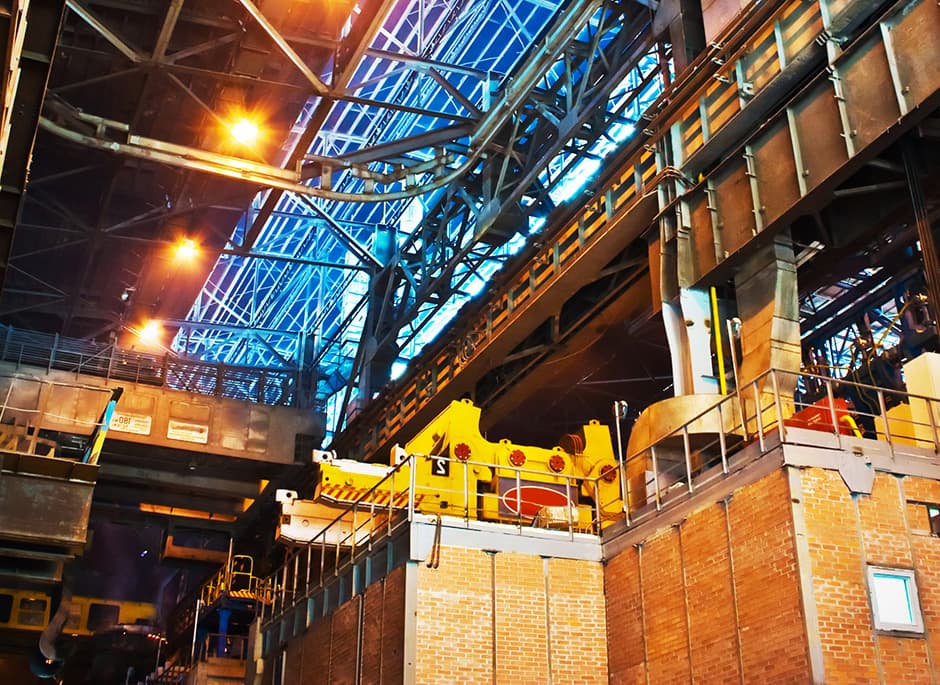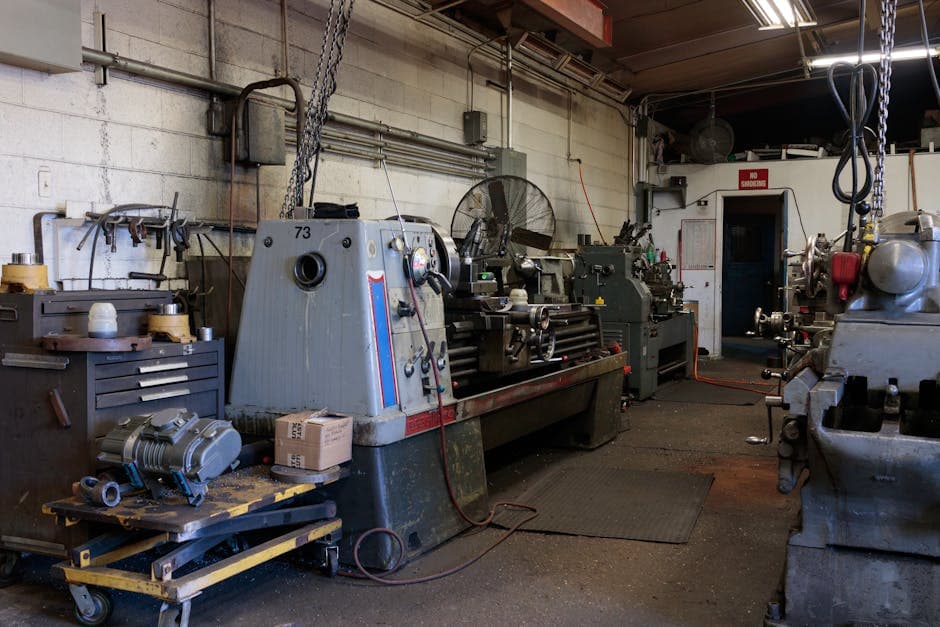
Selecting the Right Pump for Your Application
Pumps are critical components in countless industrial applications, from water treatment and chemical processing to oil and gas operations and HVAC systems. Selecting the appropriate pump for your specific requirements is essential for ensuring operational efficiency, reliability, and cost-effectiveness. This guide will help you navigate the pump selection process with confidence.
Understanding Your Application Requirements
Before evaluating specific pump types, it's crucial to thoroughly understand your application needs:
Fluid Characteristics
- Viscosity: The fluid's resistance to flow significantly impacts pump selection. High-viscosity fluids (like heavy oils) require different pump designs than low-viscosity fluids (like water).
- Temperature: Operating temperature affects material selection, clearances, and sealing arrangements.
- Corrosiveness: Corrosive fluids necessitate special materials and sealing considerations.
- Solids Content: The presence, size, and hardness of solids in the fluid influence impeller design and materials.
- Specific Gravity: The fluid's density relative to water affects power requirements and pressure calculations.
System Requirements
- Flow Rate: The volume of fluid that needs to be moved per unit of time (typically expressed in GPM or m³/h).
- Pressure/Head: The pressure the pump needs to generate to overcome system resistance (typically expressed in PSI, bar, or feet/meters of head).
- Suction Conditions: Available NPSH (Net Positive Suction Head) and inlet pressure conditions.
- Duty Cycle: Continuous operation vs. intermittent use affects pump selection and sizing.
- Efficiency Requirements: Energy efficiency considerations, especially for large or continuously operating pumps.
- Space Constraints: Available installation space may limit pump size and configuration options.
- Noise Limitations: Some environments require quieter pump operation.
Major Pump Categories
Pumps fall into two main categories, each with numerous subtypes suited to different applications:
Centrifugal Pumps
Centrifugal pumps use rotating impellers to create flow by converting rotational energy into kinetic energy. They're the most common pump type in industrial applications.
Advantages:
- Simple design with few moving parts
- Continuous, smooth flow
- Generally lower maintenance requirements
- Wide range of flow rates available
- Typically more economical for higher flow applications
Limitations:
- Efficiency decreases with highly viscous fluids
- Generally not self-priming (except specific designs)
- Performance affected by changes in system conditions
- Can experience cavitation if NPSH requirements aren't met
Common Centrifugal Pump Types:
- End Suction: Versatile, general-purpose pumps suitable for a wide range of applications.
- Split Case: Horizontally or vertically split casing allows access to internal components without disturbing piping, ideal for large water systems.
- Multistage: Multiple impellers in series generate higher pressures, commonly used in boiler feed, high-rise building water supply, and reverse osmosis applications.
- Vertical Turbine: Long shaft design with pump assembly submerged in the fluid source, ideal for deep well applications.
- Submersible: Motor and pump combined in a sealed unit designed to operate underwater, used in dewatering, sewage, and well applications.
- Self-Priming: Designed to remove air from suction lines, allowing operation without manual priming.
Positive Displacement Pumps
Positive displacement pumps move fluid by trapping a fixed amount and forcing it through the discharge. Flow rate is relatively constant regardless of pressure.
Advantages:
- Excellent for high-viscosity fluids
- Relatively constant flow regardless of pressure changes
- Good for precise metering applications
- Many types are self-priming
- Some designs can handle solids effectively
Limitations:
- Typically more complex with more wearing parts
- Often higher initial cost than centrifugal pumps
- Usually produces pulsating flow (except for screw pumps)
- Requires pressure relief protection
- Generally limited to lower flow rates than centrifugal pumps
Common Positive Displacement Pump Types:
- Rotary Gear: Uses rotating gears to move fluid, excellent for high-viscosity applications like lubricating oils, resins, and polymers.
- Progressive Cavity: A rotor turns inside a stator to create continuously moving cavities, ideal for handling slurries, wastewater, and viscous chemicals.
- Lobe: Similar to gear pumps but with lobes that don't contact each other, good for fragile products and hygienic applications.
- Diaphragm: Uses a flexible diaphragm to displace fluid, excellent for handling abrasive slurries and hazardous chemicals.
- Peristaltic: Squeezes fluid through a flexible tube, ideal for corrosive chemicals and applications requiring sterility.
- Piston/Plunger: Reciprocating design creates high pressure, used in high-pressure washing, hydraulic systems, and metering applications.
- Screw: Uses screws to move fluid, provides smooth, non-pulsating flow even with viscous fluids.
Key Selection Considerations
Application-Specific Factors
For High-Viscosity Fluids:
- Positive displacement pumps (gear, progressive cavity, screw) typically outperform centrifugal pumps
- Consider operating temperature effects on viscosity
- Properly size suction piping to prevent cavitation
For Abrasive Slurries:
- Consider hardened materials or elastomer linings
- Slower operating speeds typically increase pump life
- Diaphragm, peristaltic, or specially designed centrifugal pumps may be appropriate
For Corrosive Chemicals:
- Material compatibility is critical (consider stainless steel, alloys, or non-metallics)
- Seal selection requires special attention
- Magnetic drive or sealless pumps eliminate leak concerns
For Hygienic Applications:
- Choose pumps designed for CIP/SIP (Clean-In-Place/Sterilize-In-Place)
- Materials must meet regulatory requirements (FDA, USDA, etc.)
- Consider ease of disassembly for cleaning
Efficiency and Lifecycle Cost Considerations
The initial purchase price represents only a small fraction of a pump's lifecycle cost. Consider:
- Energy Consumption: Typically 85-90% of lifecycle cost for continuously operating pumps.
- Maintenance Requirements: Frequency and complexity of required maintenance.
- Reliability: Cost of downtime and production losses in case of failure.
- Parts Availability: Ease of obtaining replacement parts when needed.
- Expected Service Life: Durability in your specific operating conditions.
Variable Speed Drives
Variable frequency drives (VFDs) or other speed control methods can provide significant advantages:
- Energy savings by matching pump output to system requirements
- Reduced mechanical stress during startup and shutdown
- Ability to adapt to changing system conditions
- Often eliminates the need for control valves, reducing system complexity
- Extended equipment life due to operation at optimal points
The Selection Process
Follow these steps for a systematic approach to pump selection:
- Document Requirements: Compile all fluid properties, flow rates, pressures, and system characteristics.
- Develop System Curve: Create a graph showing the relationship between flow rate and system head/pressure requirements.
- Narrow Pump Types: Based on your application requirements, identify suitable pump categories.
- Evaluate Performance Curves: Compare pump performance curves against your system curve to find efficient operating points.
- Consider Lifecycle Costs: Calculate total ownership costs, not just initial purchase price.
- Verify NPSH Requirements: Ensure available NPSH exceeds required NPSH with adequate margin.
- Review Materials of Construction: Confirm compatibility with your fluid and operating conditions.
- Check Space Requirements: Verify the selected pump will fit in the available installation space.
- Evaluate Maintenance Needs: Consider accessibility for maintenance and spare parts availability.
- Consult Experts: When in doubt, seek input from pump manufacturers or experienced engineers.
Conclusion
Selecting the right pump requires careful consideration of numerous factors, from fluid characteristics and system requirements to efficiency and lifecycle costs. While the process may seem complex, taking a methodical approach will lead to a selection that provides reliable, efficient operation for your specific application.
At HPATS, our team of pump specialists can guide you through the selection process, helping you identify the optimal solution for your unique requirements. Contact us to discuss your application and discover how our extensive range of high-quality pumps can meet your needs.
About the Author
David Wilson
Expert in Products with years of industry experience. Regularly contributes insights and analysis on industrial trends and technologies.
You Might Also Like

Digital Transformation in Oil & Gas: Key Technologies for 2024
Explore how digital twins, AI, IoT, and robotics are revolutionizing the oil and gas industry in 2024, creating opportunities for enhanced efficiency, safety, and sustainability...

Advanced Water Treatment Technologies: Innovations for Industrial Applications
Discover the latest innovations in industrial water treatment technology, from smart water management systems and advanced membranes to PFAS removal solutions and resource recovery systems...

The Importance of Quality Valves in Oil and Gas Operations
In the oil and gas industry, the reliability and performance of equipment are paramount to ensuring operational efficiency, safety, and envi
